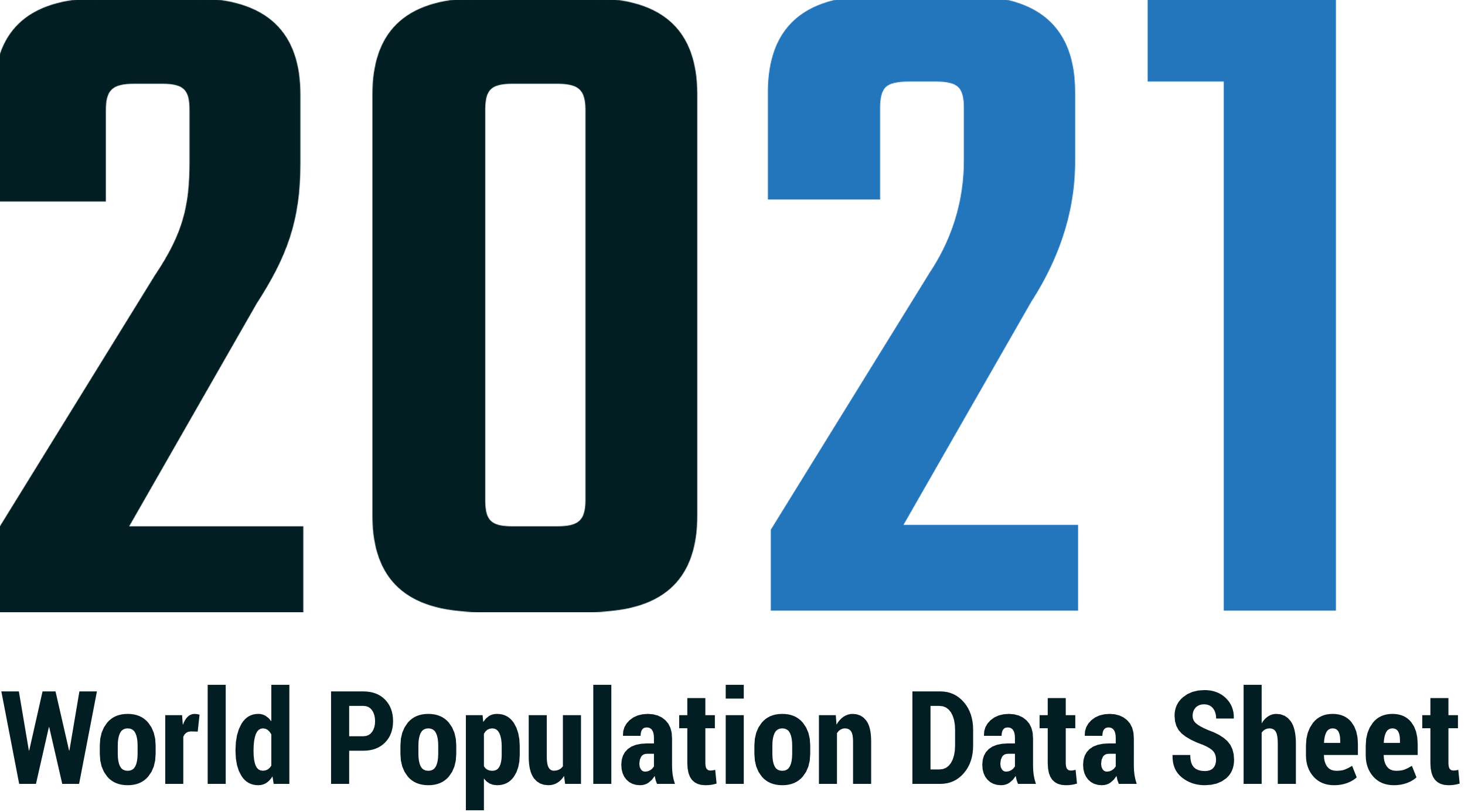
Asia is the world’s most populous region and home to the two largest countries in the world: China and India. The region consists of Central Asia, East Asia, South Asia, Southeast Asia, and Western Asia.
The region’s population is projected to increase 12% by 2050—to 5.2 billion, up from 4.7 billion in 2021—but the pattern of future population change varies, from a 10% decline in East Asia to a 38% increase in Western Asia during the same period. In addition, Asia’s total fertility rate (TFR), at 1.9, is just below replacement-level fertility of 2.1, or the average number of children a couple must have to replace themselves in the next generation. The TFR ranges from 1.3 in East Asia to 2.9 in Central Asia. The share of adults ages 65 and older also varies within Asia, ranging from 5% in Central Asia to 15% in East Asia.
In millions
Lifetime births per woman
Percent of all births to mothers ages 15-19
Age distribution by sub-region
Percent change in population
In millions
Lifetime births per woman
Percent of all births to mothers ages 15-19
Age distribution by sub-region
Percent change in population
In millions
Lifetime births per woman
Percent of all births to mothers ages 15-19
Age distribution by sub-region
Percent change in population
In millions
Lifetime births per woman
Percent of all births to mothers ages 15-19
Age distribution by sub-region
Percent change in population
In millions
Lifetime births per woman
Percent of all births to mothers ages 15-19
Age distribution by sub-region
Percent change in population
Population Reference Bureau, 1875 Connecticut Avenue, N.W. Suite 520, Washington, D.C. 20009
Phone: 800-877-9881, Email: communications@prb.org
© 2021 Population Reference Bureau. All Rights Reserved. Privacy Policy